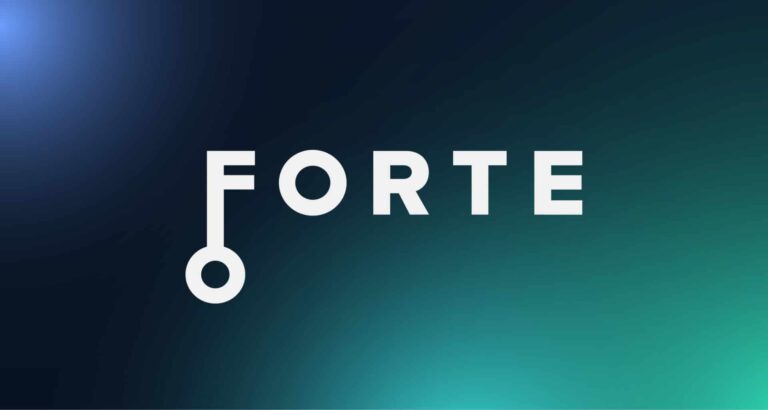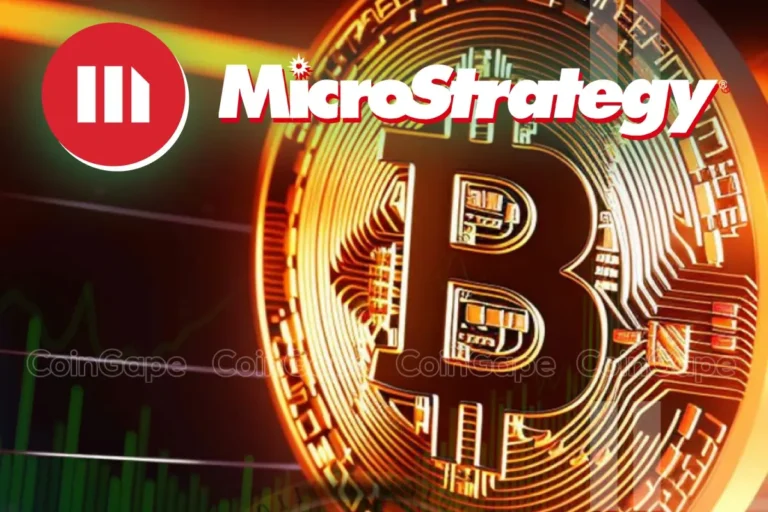

The Stanford Blockchain Club has issued a scathing critique of the US Department of Justice’s (DOJ) prosecution of Tornado Cash developers Roman Storm and Roman Semenov, calling it an overreach of outdated federal money transmission laws.
In its report, titled “Tornado Cash and the Boundaries of Money Transmission,” the club challenged the DOJ’s use of 18 U.S.C. § 1960, a statute aimed at unlicensed money-transmitting businesses, to charge the developers of Tornado Cash, a decentralized Ethereum-based protocol.
The DOJ’s 2023 indictment labeled Tornado Cash an “unlicensed money transmitting business” for enabling users to anonymize crypto transactions.
The Stanford Blockchain Club argued that the statute, written before the advent of blockchain technology, fails to address the nuances of decentralized protocols like Tornado Cash, which operate through immutable smart contracts without intermediaries or custodians.
According to the report:
“The DOJ’s aggressive application of 18 U.S.C. § 1960 raises broader questions about the risks of stretching statutory language to cover novel technologies. This approach invites unelected officials and the judiciary to overstep their constitutional bounds, bypassing Congress’ authority to legislate.”
The report emphasized the constitutional implications of using executive enforcement to regulate emerging technologies. It warned that such actions circumvent the democratic process and risk stifling innovation by conflating legal use cases of privacy-preserving tools with illicit activity.
Stanford University, known for its leadership in both legal and technological innovation, has a history of engaging with complex regulatory challenges. The blockchain club’s report continues this tradition by delving into the tension between privacy rights and regulatory oversight in the digital finance space.
The Tornado Cash case highlights a growing debate about financial privacy and the risk of these new technologies being misused by bad actors.
Advocates, including the Stanford Blockchain Club, argue that protocols like Tornado Cash fulfill legitimate privacy needs by allowing individuals to protect their identities in transactions. Meanwhile, critics contend that such tools facilitate money laundering and other illegal activities.
The report’s release marks a significant contribution to ongoing discussions about how the US legal system can adapt to DeFi technologies. It remains to be seen whether the judiciary will consider such critiques as it continues to grapple with the complexities of blockchain regulation.













 The Stanford Blockchain Club, a prominent group at Stanford University, has voiced significant worries about the U.S. government’s legal pursuit of Tornado Cash developers, Roman Storm and Roman Semenov, using old-school federal money transmission laws. Legal Overreach? Stanford Group Critiques Tornado Cash Indictments In their in-depth analysis, “Tornado Cash and the Boundaries of Money Transmission,” […]
The Stanford Blockchain Club, a prominent group at Stanford University, has voiced significant worries about the U.S. government’s legal pursuit of Tornado Cash developers, Roman Storm and Roman Semenov, using old-school federal money transmission laws. Legal Overreach? Stanford Group Critiques Tornado Cash Indictments In their in-depth analysis, “Tornado Cash and the Boundaries of Money Transmission,” […]